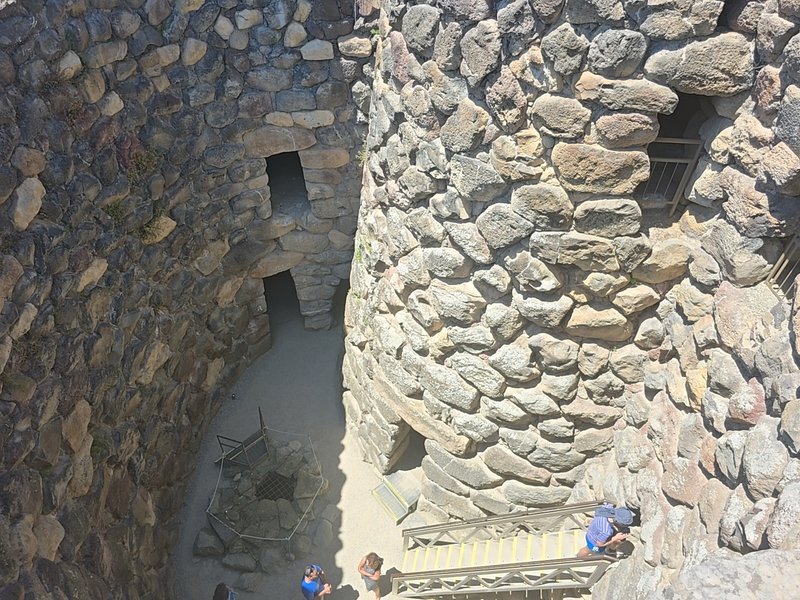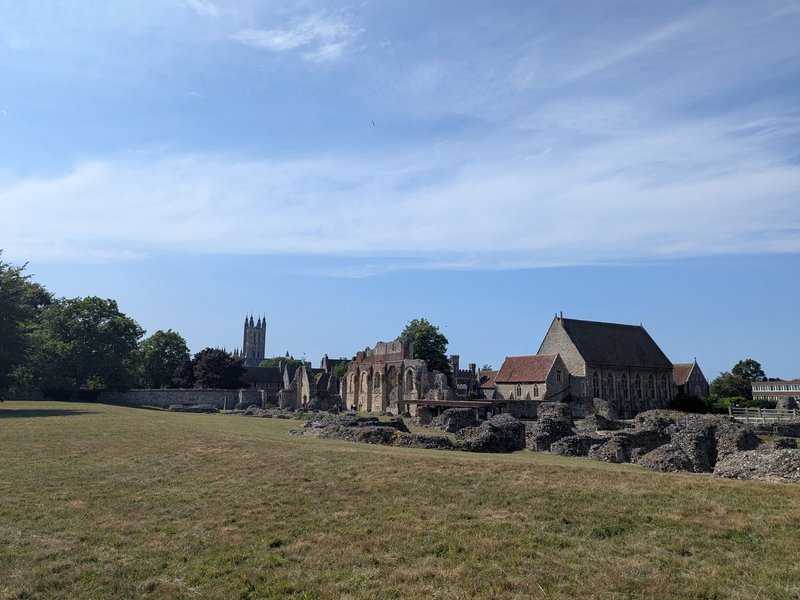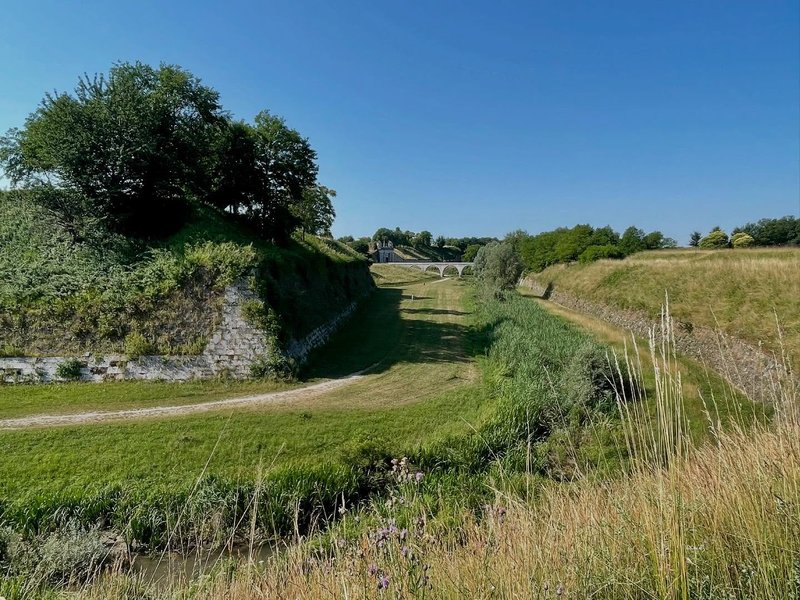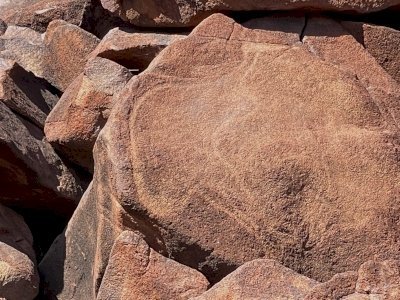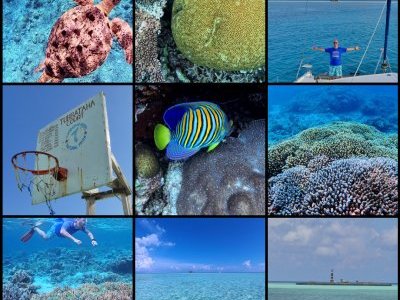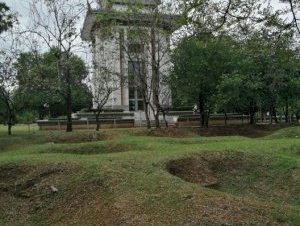I am so happy to present to you today the fully refurbished version of this website. A new design, a new back-end, lots of additional pictures and new pieces of content.
Why?
This is already a rather old website; the domain was registered on July 31, 2000. Since then, it has continued to expand, with ever more content created by significantly more members. Today, we have almost 2000 active users, 82000 page views a month, 10808 reviews, and nearly 15,000 images. All the time, the technical back end of the website essentially stayed the same as when it was my private blog: a mostly self-coded website.
We had been working on a new version centered around a true content management system (CMS) on and off for the better part of seven years. It had been clear for a while that CMS features would benefit this site significantly and that many wishes for improvements were not possible in the legacy setup. But COVID, our travels, and the massive amount of data to migrate were insurmountable obstacles.
Then two things happened:
- In 2024, our hosting provider for a decade terminated our contract as we were crashing their servers due to the load. As such, we were forced to migrate to a new provider and our performance issues immediately disappeared. It also meant moving and this rekindled the migration activities.
- And the rise of AI has meant that the usual coding bottlenecks of an immature developer could be resolved with some time spent on the prompt. Indeed, there is no part of the new website that wasn't refactored by AI.
At some point in early 2025, we decided to aim for go-live with the 2025 WHC. We defined the core set of features for go live, we redid the branding and the layout, and we programmed.
New features and functional enhancements
While moving to a Python-based CMS may sound interesting to the geek and was necessary for operational reasons, there are some key features and enhancements we added for every traveller's benefit:
- Improved management of your reviews and accompanying images. There is now a publishing workflow with feedback and notifications. You can temporarily disable one of your reviews or fully delete it. You can also add full-size pictures now and add more than one per review.
- Commenting: You can now comment on reviews of everyone, enriching the interactivity of the website.
- Visits: Your visits are now clustered into "Visits", combining WHS and Tentative Sites into trips, for example: “India Trip 2024” or “WHC 2025”. You can also document revisits and store the date of visit.
- Search: A strong search engine leads you directly to specific pages. Plus, easy searching, sorting and filtering of lists, such as the long lists of countries like France and Spain, or the Connections.
- More Maps: We finally have overview maps of literally everything. All WHCs and all Connections now have their map. We moved from the prohibitively priced Google Maps offering to Leaflet/OpenStreetMaps. Small caveat: All place names are written in local letters (Chinese, Cyrillic), ....
- More Map Features: We are using a geo information system (PostGIS) for our location data, providing a richer map experience. We can show areas such as core and buffer zones. We can do geo filters (all sites within 200km or within the borders of Germany). And we allow for many new location types, such as Points-of-Interest (POIs) (we have added the Plaques here!) or transport locations. We also redid the map icons and the map layout. For a preview of things to come, open the country page for Czechia or take a look at Prague .
- WHC: Fitting to the upcoming WHC 2025, we offer an extended coverage of the WHC Sessions, including an overview of ‘Events’ (Referrals, Deferrals, etc) and a live tracker of the Forum discussion.
- Enhanced mobile design: We redid the whole user experience with both mobile and large screens in mind. We also updated the branding for worldheritagesite.org.
We’re not done yet
The true power of the new version lies in the enabling of future expansions in content. We aim to:
- Have maps displaying the full core zones and POIs.
- Share responsibilities, with members becoming responsible for a country, connections, links, ...
- Allow for storing visited locations.
- Add travel information to the country pages. Allow more user content, e.g., a blog post on a trip.
- Adding tentative site connections.
- Even more photos,
- Migrate and fully embed the Forum.
We have moved the migration of a few functionalities from the previous version of the website to Release 2 (later this summer). This includes the Community Statistics (per WHC, per Connection) and showing photos with the locations on the map, such as the Plaque photos.
Known Issues
All core features should work and we will fix short notice. Some findings we are aware of:
- We know some boxes don't align and need proper spacing.
- OpenStreetMap provides only maps using a local script. There are some ways of fixing that, but we won't be able to do this in the short term.
Made possible by
- All community members who shared full-size versions of photos on my request. More are needed.
- All WhatsApp group members who participated in User Acceptance Testing.
- Ian, for sharing the geodata he gathered over the years, which includes the core zones of many of Czechia's WHS and the coordinates of Former TWHS.
- Philipp, who came up with the new design and displayed a keen eye for detail
- Nan, who spent unbelievable amounts of time on both the configuration of the infrastructure and the programming of, well, everything that isn’t standard within the CMS, plus converting the visual designs into CSS.
First steps...
I can understand that in the beginning, you may not know where to find what; that’s why there’s an FAQ. Additional questions and reporting of bugs can be done on the Forum.
To get started:
- Reset your password (via Login). Prerequisite. Your old password won't work anymore.
- Update your profile. Provide a profile picture. Update your UserPage, also with a photo.
- Update your visits. We tried to identify visits, but you may want to redo the visits cleanly.
- Update your reviews. We now allow significantly higher quality photos. Replace the old, tiny pictures if you have a better one. Also, reviews now have titles. Think about updating it.
Enjoy.

